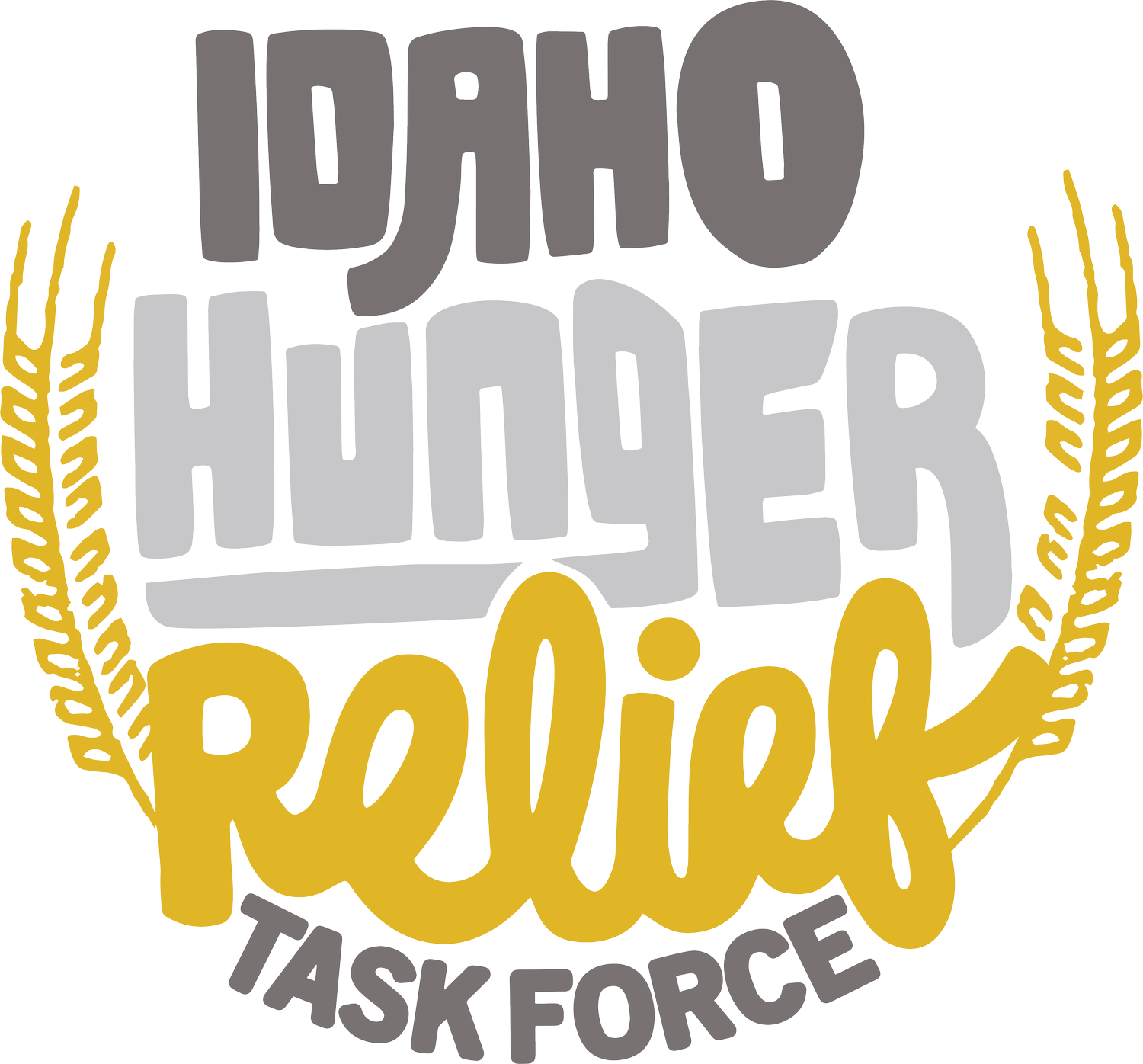Summer Meals Closing the Hunger Gap for Children in Idaho
Boise, Idaho – June 14th, 2016– Only one in 5 low-income children in Idaho who needs summer meals is receiving them, according to a national report, Hunger Doesn’t Take A Vacation, released today by the Food Research & Action Center. In July 2015, 20,934 low-income children received summer meals in Idaho, a significant decrease of 4.1 percent from the previous summer.
“It’s troubling to see that a growing number of children across our state are missing out on the benefits of summer nutrition programs,” said Crystal Wilson, United Dairymen of Idaho “Idaho can reverse this trend this summer by engaging in aggressive outreach to raise awareness of summer food,” said Crystal. “The Summer Nutrition Programs can make a huge difference for the tens of thousands of children in our state whose families struggle to afford enough food.”
The report is an annual analysis of data that measures the success of Summer Nutrition Programs at the national and state levels by comparing the number of children receiving summer meals to the number of low-income children receiving free or reduced-price school lunches during the regular school year. The school lunch data are a good proxy number for the extent of need in each state. By this measure, 21.8 low-income children in Idaho ate summer meals for every 100 who ate school lunch during the regular school year. Nationally, the ratio was 15.8:100, down from last year’s ratio of 16.2:100.
While Idaho has experienced a decrease in participation from last years’ summer meals sites, Idaho still ranks number 8 out of the top 10 best performing states in the nation! Idaho has taken many steps to improve nutrition quality by providing sponsors more intensive trainings and technical assistance on nutrition quality. In 2015, “the Idaho Department of Education included resources for incorporating more locally sourced food in its sponsor training. The state agency also partnered with the Idaho Farmers Market Association and hosted mobile farmers’ market stops at summer meal sites. Sponsors that incorporate local foods are recognized during the in-person training and through electronic sponsor communications during the summer.”
Additionally, the Idaho Dairy Council have partnered with the Idaho Department of Education to help bring classroom materials, milk coolers, and summer food activities to many of the schools throughout the state. In addition to these resources, the Idaho Dairy Council has been invaluable in educating about the benefits of nutrient rich foods, such as low-fat and fat free dairy foods, fruits, vegetables and whole grains as part of a healthy eating plan.
There is still much room for improvement in Idaho. Low participation means missed meals for children and missed dollars for the state. If Idaho had reached 40 children with summer food for every 100 low-income children who get school lunch during the regular school year, Idaho would have fed an additional 17,501 low-income children every day in July 2015 and brought in $1,381,302 more federal dollars to do so.
“Greater participation in summer food means more low-income children get the fuel they need to thrive over the summer months,” said FRAC President Jim Weill. “That reduces hunger, boosts health, reduces obesity, and keeps children primed to learn. Congress can better meet the need through the pending Child Nutrition Reauthorization by making strategic and thoughtful investments in the Summer Nutrition Programs that bolster their capacity to serve even more children.”
The Summer Nutrition Programs, which include the Summer Food Service Program and the National School Lunch Program in the summer months, should be filling the food gap for the thousands of low-income Idaho children who rely on school breakfast and lunch during the school year to help keep hunger at bay. These programs provide free meals at participating summer sites at schools, parks, other public agencies, and nonprofits for children under 18. Not only do children benefit from the free meals, but they also benefit from the enrichment activities that keep them learning and engaged. The best way to meet children’s needs over the summer is with healthy meals that are served in positive community environments while the children’s parents are working.
Idaho families can find nearby summer meal sites here: http://www.sde.idaho.gov/cnp/sfsp/index.html
or by calling the Idaho 2-1-1 CareLine (dial 211) or by texting ‘Lunch’ to 898-211
For Spanish: Text FOOD to 877-877 (for Spanish text COMIDA to 877-877)
###
About the report:
Data for Idaho come from the June 2016 version of the annual report released by the Food Research & Action Center (FRAC), the lead advocacy organization working to end hunger in America through stronger public policies. The FRAC report, Hunger Doesn’t Take A Vacation, gives 2014 and 2015 data for every state and looks at national and state trends. FRAC measures summer participation during the month of July, when typically almost all children are out of school throughout the month and lose access to regular school year meals. The report is available online at www.frac.org.
http://frac.org/pdf/2016_summer_nutrition_report.pdf









